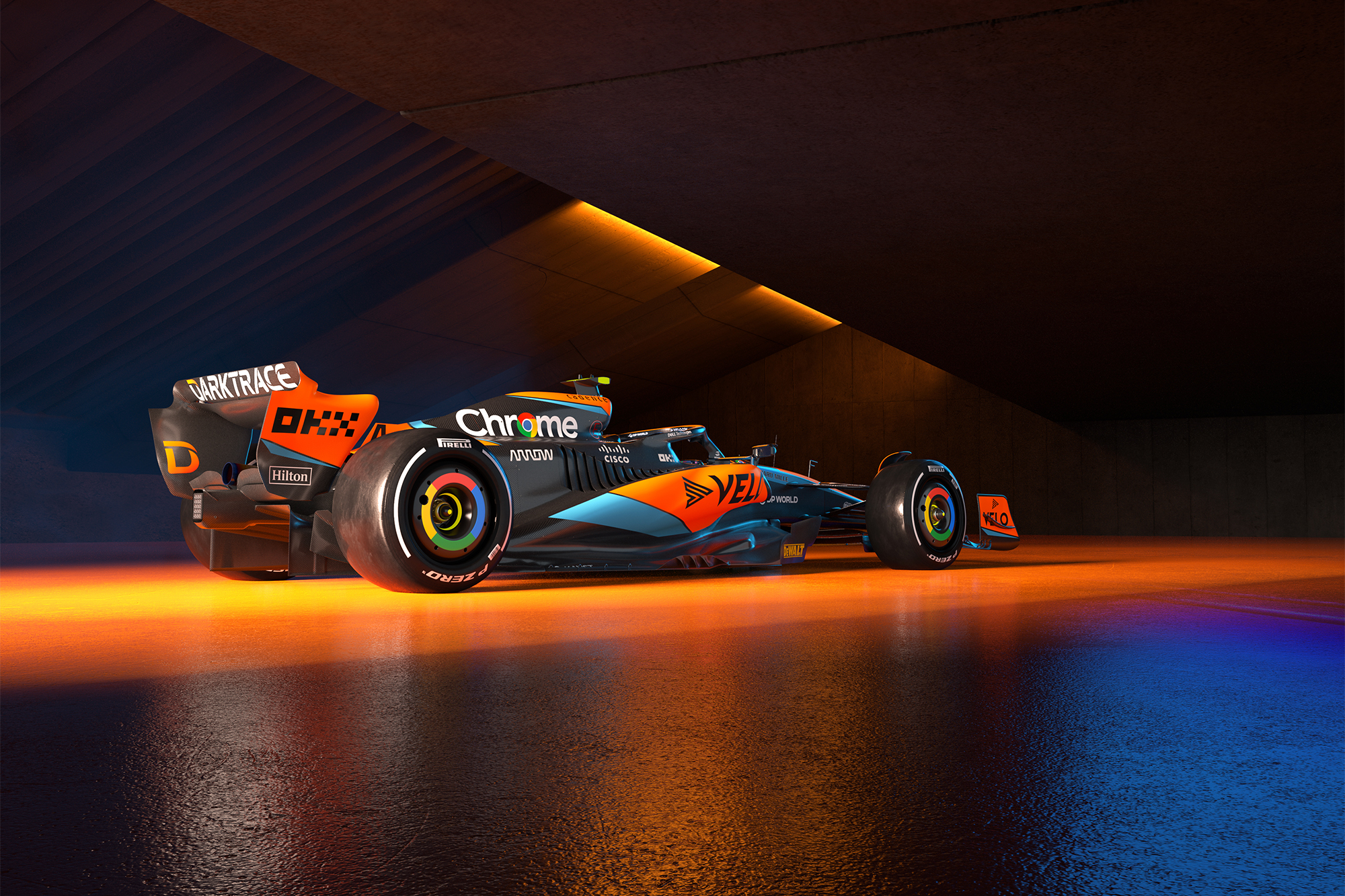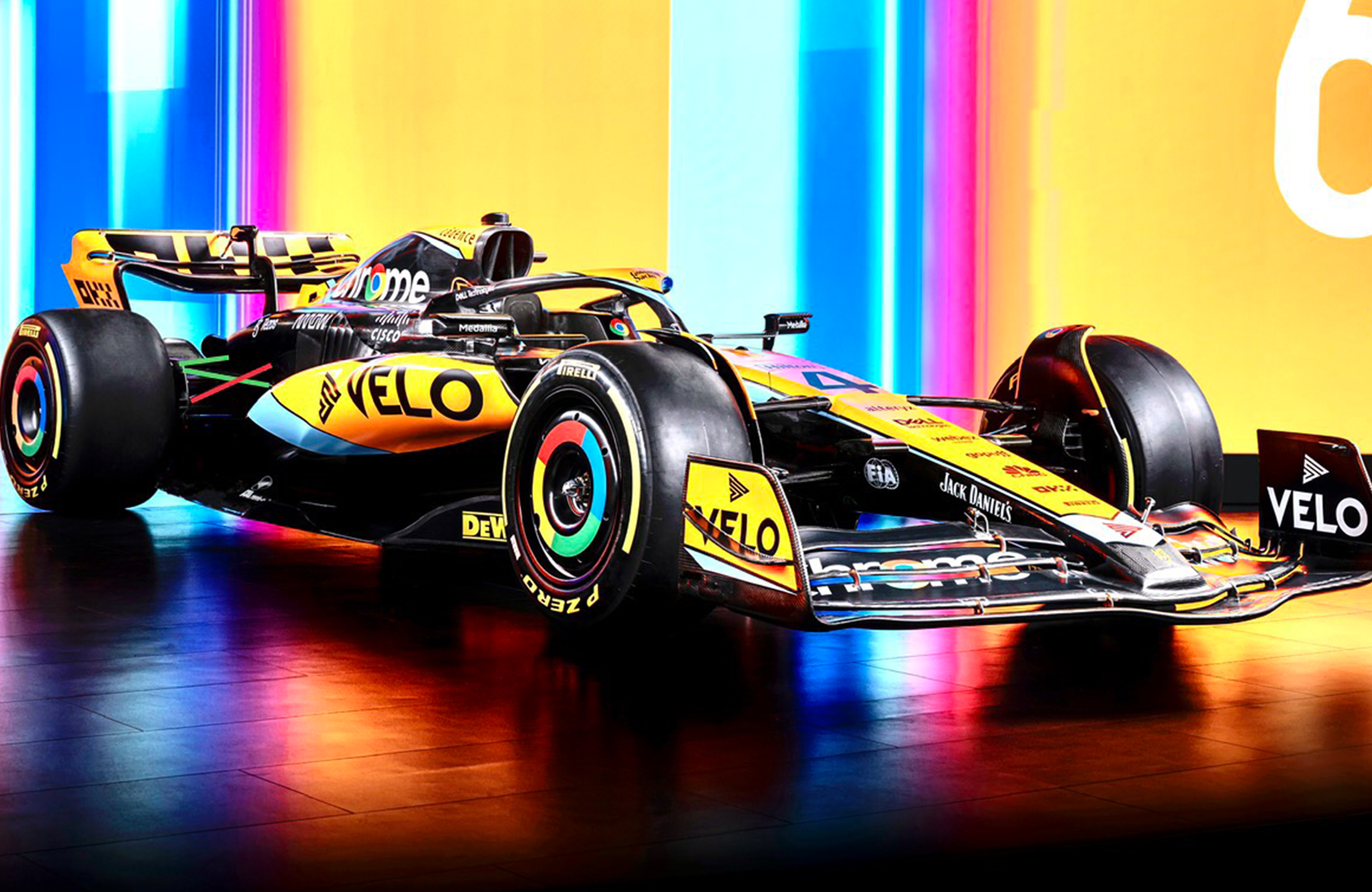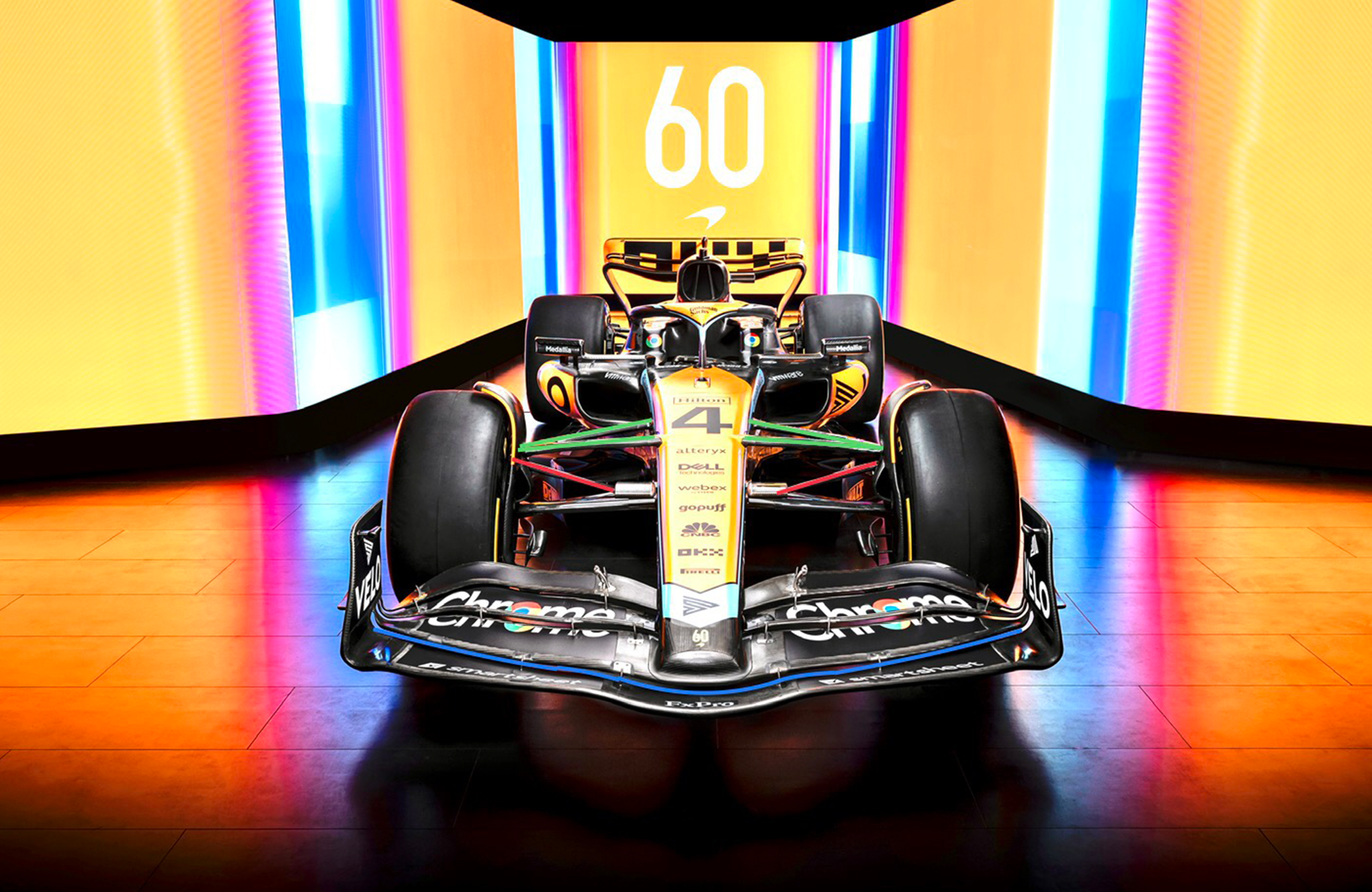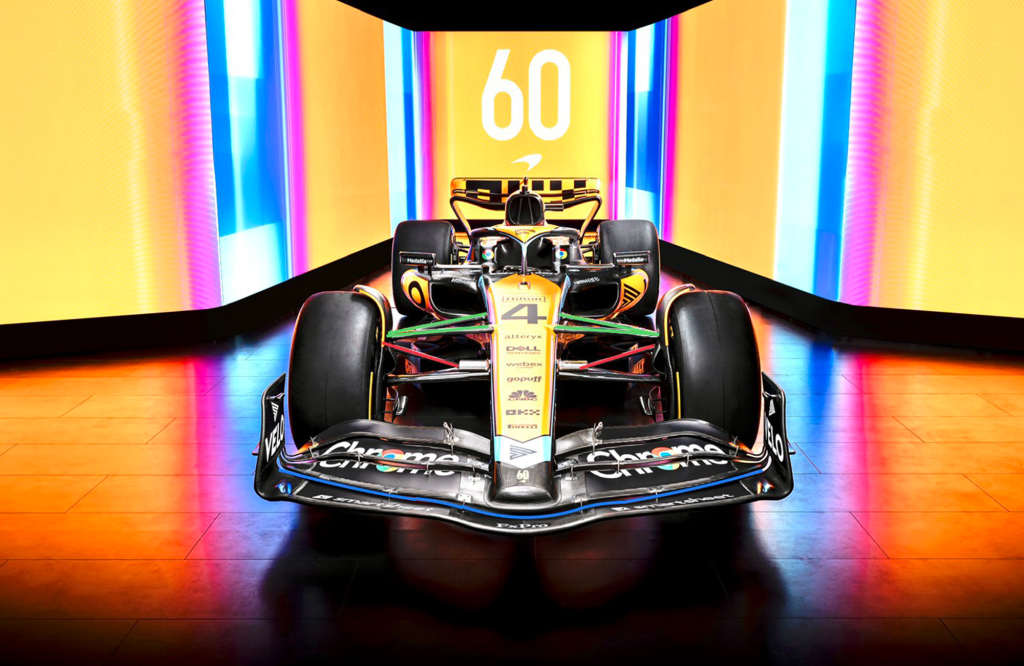Up Next

For McLaren the 2023 Formula 1 season is a big year. It knows better than any of us that it didn’t start 2022 in the way it would have liked to and in reality had to spend too much time recovering from the problems it had in testing before it could properly focus on developing and improving the basic car.
Going through that process will have been a big learning curve for the team and also Lando Norris so now it’s time for them to put that learning into action – and for Norris to step up and lead the team.
He has shown his speed but taking on the responsibility of being the experienced driver in the team puts a lot bigger emphasis on recognising the direction the team needs to take to go forward.
The pictures of the new car that we have seen so far show that there is no big change visually to the sidepod area compared to what ran in the second half of last year.
I suppose you could say McLaren has simply developed the basic car around its end-of-2022 concept and has exaggerated a few things here and there. It has the now more or less standard Ferrari-style radiator inlet with the not quite so standard long sidepod front corner undercut.
There is a lot of talk about longer wheelbases and/or moving the leading edge of sidepods rearward to separate this area from the turbulent airflow coming off the back of the front tyre.

I have not spotted any major visual lumps or bumps or anything as dramatic as how Mercedes addressed the problem last year by housing the side impact structure inside the body panel that supported the rearview mirror. The regulations require it to be inside the body surface so I suppose that was accepted, it was a different piece of bodywork but still bodywork.
Of the cars I have seen so far it is very difficult to really confirm changes in this area. If there is a difference it will be in the tens of millimetre range as opposed to the tens of centimetre range. Everything will count but I do think to see a return on performance you need to change this by at least 50 millimetres.

McLaren has retained its pullrod front suspension and pushrod rear suspension systems, (red highlights). The rear pushrod sweeps forward significantly to connect to the rear rocker.
There are very little anti-dive or anti-lift characteristics built into the front suspension. However, the rear suspension has some anti-lift characteristics built into the inner top wishbone pick-ups (green highlights), the bottom wishbone may offer some anti-squat characteristics but we can’t see that from these pictures.

This will help keep the rear of the car lower under braking, however when the brakes come off the rear ride height will rise faster to get to the position it wants to be in for the vertical load it has to support.
This fast change of rear ride height can help the car rotate but the driver needs to be confident that the rotation will stop just as quickly to allow them to settle the car on the throttle as early as possible.
Aerodynamically it is difficult to see much of the floor detail, it is well hidden with the black background used for most of the images McLaren released. The front wing has a full-length slot gap between the first element and the second element (blue line) – this helps keep the airflow attached underneath the nose as it rises upwards towards the nose-to-chassis interface.





